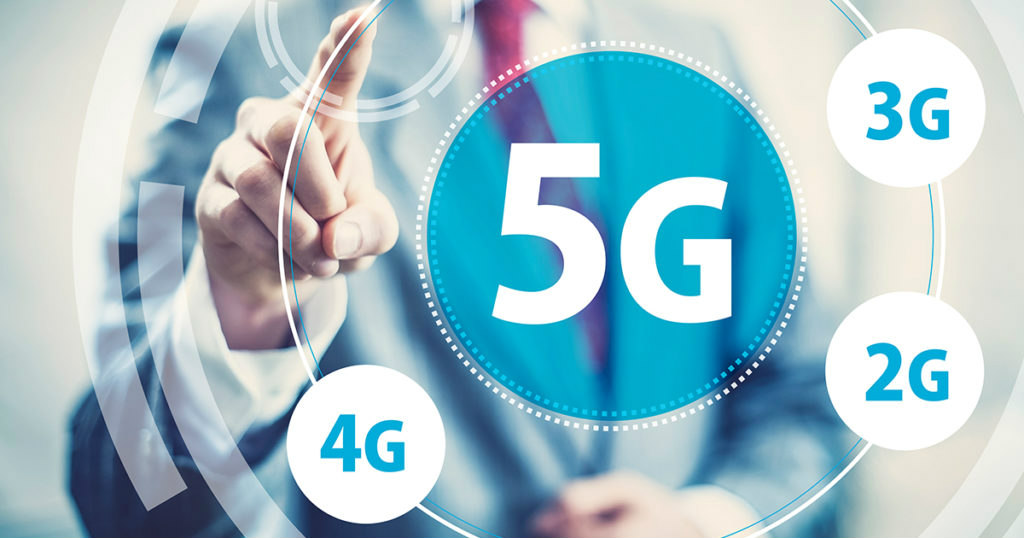5G revolution has been in headlines for quite some time now. Just imagine, getting all your devices connected to the internet without a single cable. It is tempting I know. It has been in the news that 5G is going to massively hit the cable and fiber broadband internet providers. However, wired internet is not going to go anywhere any soon even with the birth of 5G.
I hope you all know 5G is named 5G because it is the fifth generation of cellular networks. First-generation began in the ’90s when cellular networks were just being established. The story starts from the ’90s and now after around 30 years, we have 5G about to launch into this world. 5G is going to completely transform the idea of cellular internet. It is promised to boost the wide implementation IoT. Verizon even claimed that their 5G connection is going to be 200 times faster than that of the 4G LTE network.
Speed provided by 5G technology can compete with wired broadband, but there are a series of reasons why 5G cannot replace fiber and cable broadband anytime soon. 5G revolution is going to be challenged with factors like service flexibility, security, coverage area, device compatibility, etc. Let’s see them in little detail:
Reasons why 5G cannot replace fiber and cable broadband anytime soon:
Device Compatibility and Service Flexibility:
There are billions of the W-Fi enabled devices in use today: Computers, Gadgets, smart home devices, tablets, televisions, printers, and sound systems, etc. Even our latest smartphones are 4G LTE enabled. Companies certainly are on their way to launch 5G enabled phones. Almost all the major brands have launched 5G enabled phones to welcome 5G technology. However, 5G isn’t going to take over Wi-Fi technology just like that. Know why? Because Wi-Fi offers flexible delivery that provides convenience to all the users.
Customers can purchase Wi-Fi as a service and get them delivered at their homes and workplaces via fiber and coaxial cable. One can utilize Wi-Fi as a free amenity at public places like restaurants, hotels, etc. One can even get Wi-Fi during travel. But with cellular networks, one needs to subscribe to a particular network and must have a compatible device to use the internet.
Coverage and security:
Broadband connections are considered to be more secure for peer to peer data transfer and communications. Businesses have established secure LAN (local area network) in order to keep their systems and data all secure from the external attacks. Such business users will not suddenly switch to cellular networks without assuring security and coverage issues sorted.
An effective internet installation ensures that one doesn’t face connectivity issues even in the dead spots of the house or workplace. However cellular networks cannot offer such connectivity. They can only offer this degree of service with the help of distributed antenna systems (DAS) or through the integration of small cells.
What is a Small cell?
Well, a small cell is basically a low-power node that is capable of covering 30 to a few hundred square feet of space. Small cells bring the cellular network closer to the users by enhancing the coverage area. Whereas DAS operates on a whole another level. It is efficient enough to work with multiple service providers delivering the network service up to 1800 users within a radius of several miles.
Timing:
Without DAS and small cells one cannot put down the hinderances of coverage and security but the installation of these technologies require quite some time. Since 5G won’t launch until 2020, small cells and DAS can’t be widely implemented. Till then broadband adoption rates will continue to grow because of their reliability.
While cellular network providers are working to expand the footprint of the 5G network, broadband internet service providers are working on ways to provide faster and reliable internet. Reports on the speeds of 5G have indicated that its speeds are not reliable especially indoors.
5G can reach to far rural areas:
Even with several limitations to 5G, it has the potential of reaching out to the rural areas where wired internet couldn’t reach. 5G can prove to be of help to internet service providers which cannot lay a network of cable in farthest corners of America. However, there are a few ISPs that are widespread in the USA and are providing internet even to the farthest corner of the country. Spectrum Internet’s network web is one of a kind and is widespread in 48 states of the USA. Well, cellular networks and other fiber and cable internet service providers need to go hand in hand in order to make internet available in every corner of the world.
